Understanding Earwax: Essential Tips
Introduction
Ever wondered what that stuff in your ear is and why it’s there? Let’s clear the air about one of the body’s most misunderstood substances—earwax. Whether you find it fascinating or a bit gross, earwax (or cerumen) plays a crucial role in our ear health. Join us as we explore what earwax is, its functions, and the safe ways to manage it, especially for those wearing hearing aids, all courtesy of the experts at Moore Hearing Clinic.
What is Earwax and Why Do We Need It?
Earwax isn't just a bodily byproduct—it's a critical component of our ear's defense system. Produced by glands in your ear canal, this substance protects the ears from foreign particles, bacteria, and infection. It also helps keep the ear canal's skin moisturized and healthy. There are two types of earwax—wet and dry—depending on genetic differences that influence its texture.
The Dual Role of Earwax: Protection and Cleaning
The primary role of earwax is to protect the inner ear by trapping dust, germs, and other small objects. Additionally, earwax has antimicrobial properties that help prevent infections in the ear. A fascinating aspect of earwax is its self-cleaning property. It naturally moves out of the ear canal, carrying with it any trapped debris—a process that is facilitated by jaw movements from talking or chewing.
Common Issues Caused by Earwax
While earwax is beneficial, excessive buildup can lead to impaction, which can block the ear canal and cause discomfort or hearing loss. Symptoms of problematic earwax include persistent itching, earache, a sensation of fullness in the ear, and even tinnitus (ringing in the ears). It's important to address these symptoms professionally to avoid complications.
Safe Earwax Removal and When to See a Professional
Moore Hearing Clinic advises against at-home removal techniques like ear candles or cotton swabs, which can push wax deeper into the ear canal or cause injury. Instead, if earwax reaches the outer ear, it can be wiped away gently with a tissue. However, if you experience symptoms like hearing loss, long-lasting itching, or discharge, it’s crucial to consult a healthcare professional.
Special Considerations for Hearing Aid Users
For those who wear hearing aids, managing earwax is particularly important as these devices can prevent wax from exiting the ear naturally. Regular cleaning of in-the-canal and behind-the-ear hearing aids is essential to prevent wax buildup and ensure optimal functionality of the aids.
Wrapping Up
Earwax might not be the topic of your next dinner party conversation, but it’s definitely worth understanding. Remember, it’s not just there by chance; it’s a critical part of your ear’s health regime. If you’re experiencing issues with earwax or need advice on managing it with hearing aids, the experts at Moore Hearing Clinic are here to help.

